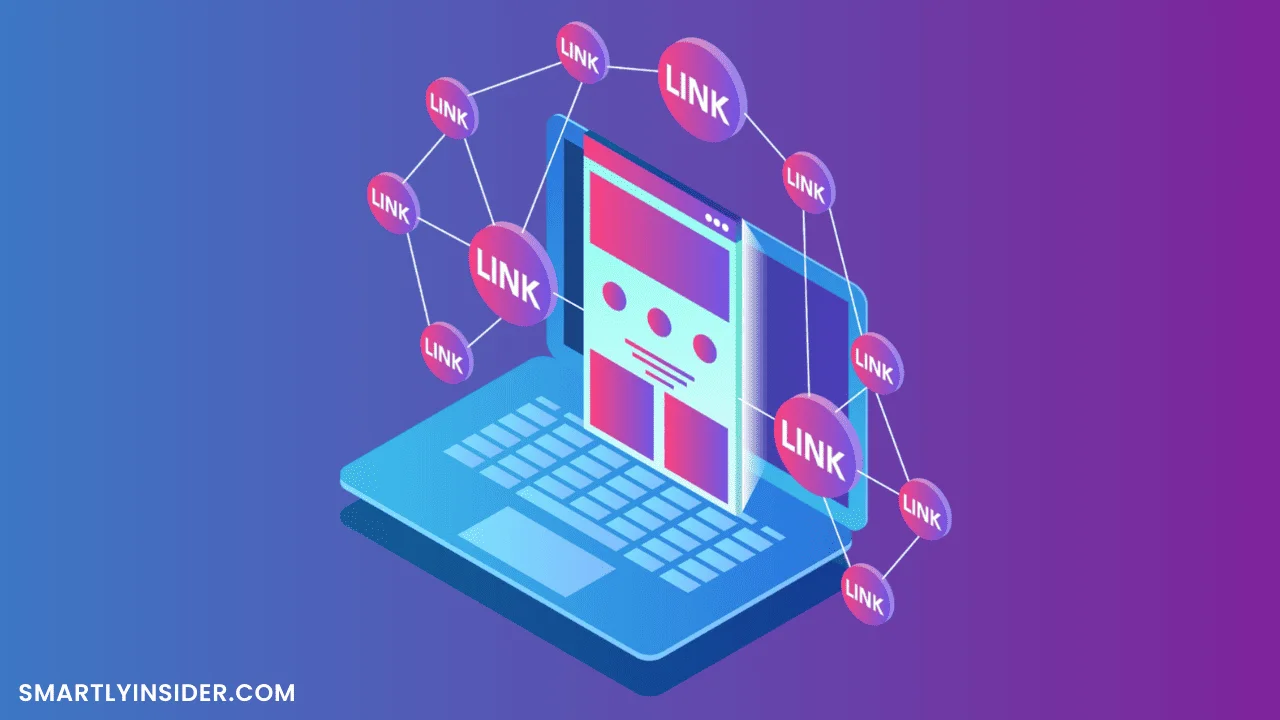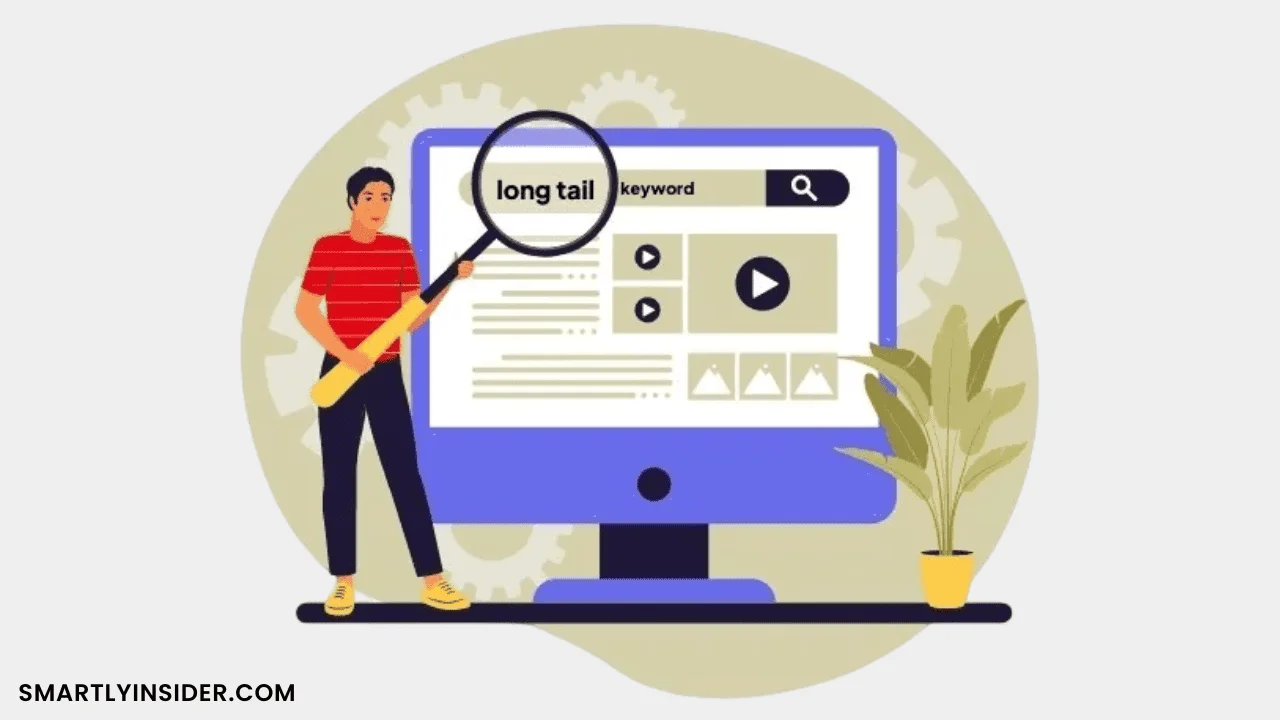Since the launch of the first broad core algorithm update, there has been a lot of confusion, speculation, and questions surrounding what exactly it entails.
How does a core update differ from the more familiar named updates that SEO professionals typically deal with? Google usually provides minimal details when announcing core updates, typically confirming only that the update has occurred. As we explore in this post, there’s a good reason for the lack of transparency.
Core updates typically take several days or weeks to fully roll out, with Google issuing an announcement at the start and another when the update is completed. This often leaves website owners and SEO experts questioning how exactly their rankings have been affected.
Gaining an understanding of broad core updates and how they differ from other algorithm changes can provide valuable insight into what might have caused a site’s rankings to go up, down, or stay the same.
What Is a Core Update?
First, let’s address the widely known fact that Google makes hundreds of algorithm changes each year, often several per day. This frequent adjustment is crucial to improving the search experience.
Many of the named updates that we are familiar with—Penguin, Panda, Pigeon, Fred, and the Helpful Content Update (which has since been integrated into the core updates)—are designed to fix particular flaws or issues within Google’s algorithms.
For example, Penguin focused on addressing link spam, while Pigeon worked to improve local SEO results by dealing with spam in that domain. Each of these updates was targeted at a specific issue, and they often introduced new metrics, calculations, or machine learning models to the overall algorithm. Google usually provided some degree of clarity about what each update aimed to accomplish, allowing webmasters to make the necessary adjustments.
Core updates, however, are different in nature.
A core update can be thought of as an adjustment or reconfiguration to the main search algorithm. Unlike named updates, core updates do not introduce entirely new elements like additional data or signals but instead involve modifying existing signals and their relative importance.
It is widely believed that Google uses between 200 and 500 ranking signals, though the exact number remains unknown. A core update usually means that Google has reassessed how it prioritizes or weights these factors, which ultimately changes how sites are ranked in search results. Because these updates focus on rearranging existing signals, Google cannot openly disclose what exactly has changed, as revealing this would expose too much of the underlying algorithm.
To illustrate, imagine a list of 200 ranking factors arranged in order of importance. Now, picture Google adjusting the order of 42 of these factors. Rankings would change, but these shifts would not be the result of a single change but rather a combination of many smaller modifications to the overall system.
A useful analogy could be your list of top 10 favorite songs. Over time, as your preferences shift or as new songs are released, the order of your list may change. Similarly, Google adjusts how it ranks sites by changing the relative importance of different signals in its core updates.
How Core Updates Impact Search Results
Core updates generally involve adjustments to the weight and significance of existing ranking signals, which leads to changes in the search results. It’s important to understand that a core update doesn’t impose a penalty on websites; rather, it may simply reward other sites more for their relevance, authority, and quality signals.
Unlike named updates, which focus on addressing specific problems like spam or low-quality content, core updates modify a wide range of ranking factors. As a result, a new site may become more relevant for a particular search query, while older sites might no longer be prioritized in the same way. Factors such as changes in user intent, content relevancy, and link quality might all contribute to these fluctuations in rankings.
This means that the reasons behind one site’s rankings dropping may differ from those affecting another site’s rise. Since core updates involve adjustments to multiple factors, there is no one-size-fits-all explanation for why rankings change, and pinpointing the cause of any particular shift is often more complex.
How to Recover from a Core Update
If your website’s rankings have dropped following a core update, it’s important to understand that you weren’t penalized. Instead, the importance of certain ranking factors may have shifted, causing your site’s visibility to decrease relative to others. Rather than a punitive action, the core update simply redistributed rankings based on changes in relevance, authority, and quality.
Because a core update adjusts the weighting of various ranking factors, the impact on your site may be different from how it affects others. For example, your site might have been performing well by emphasizing internal anchor text and aligning your content with user intent. However, if Google shifts the weighting to give more importance to content structure and less to anchor text, your site could experience a drop in rankings.
Understanding what caused a shift in your rankings isn’t always easy, and there’s no one-size-fits-all solution for recovery. It requires analyzing what specific changes were made to the algorithm and identifying what aspects of your site may need improvement in response.
The Role of AI in Core Updates
It’s also important to note that core updates can influence Google’s AI systems, as these are powered by the search algorithm. The changes brought about by core updates can affect how AI models overview and cite content, leading to shifts in how search results are presented.
Since Google’s AI is integral to interpreting and presenting search results, updates to the search algorithm can have a cascading effect on AI-generated content rankings, making it essential to consider how these changes may impact AI interactions.
What to Do After a Core Update
If your site’s rankings have decreased, start by identifying any patterns in the pages that have been affected. Are these pages all based on the same template, targeting similar user intents, or sharing similar types of links?
Next, examine the pages that have taken over your rankings. Conduct a detailed analysis of the search engine results pages (SERP) for the queries where your site’s ranking has fallen. Look for patterns and correlations between the pages that now rank higher and the ones that have dropped.
Avoid focusing too much on minor technical factors like page speed or core web vitals scores, as these tend to be minor factors that only break ties in rankings. Instead, focus on the content itself. Consider asking questions such as:
- Does the content on higher-ranking pages better fulfill the search query?
- Does it incorporate more up-to-date information or statistics than your page?
- Does it provide more insights compared to other pages that rank?
- Does it align more closely with the user’s intent behind the search query?
Google’s ultimate goal is to deliver the most relevant and comprehensive content for a user’s query. Relevance is consistently the most important ranking factor, and pages that best meet user needs are more likely to rank higher.
By critically evaluating your content, you can identify areas for improvement and work to make your site more relevant in light of the core update.
Ongoing Best Practices
To stay ahead after a core update, focus on maintaining:
- Alignment with user intent
- High-quality content
- A well-structured, easy-to-navigate site
- Adherence to Google’s guidelines
SEO is a continuous process, and even if you reach a top ranking, there is always room for improvement. Your competitors will continue optimizing their sites, and maintaining your edge requires ongoing effort.
The bottom line is that SEO isn’t static, and core updates are part of the evolving process. By staying adaptable and focusing on producing high-quality, relevant content, your site will remain competitive over time.



